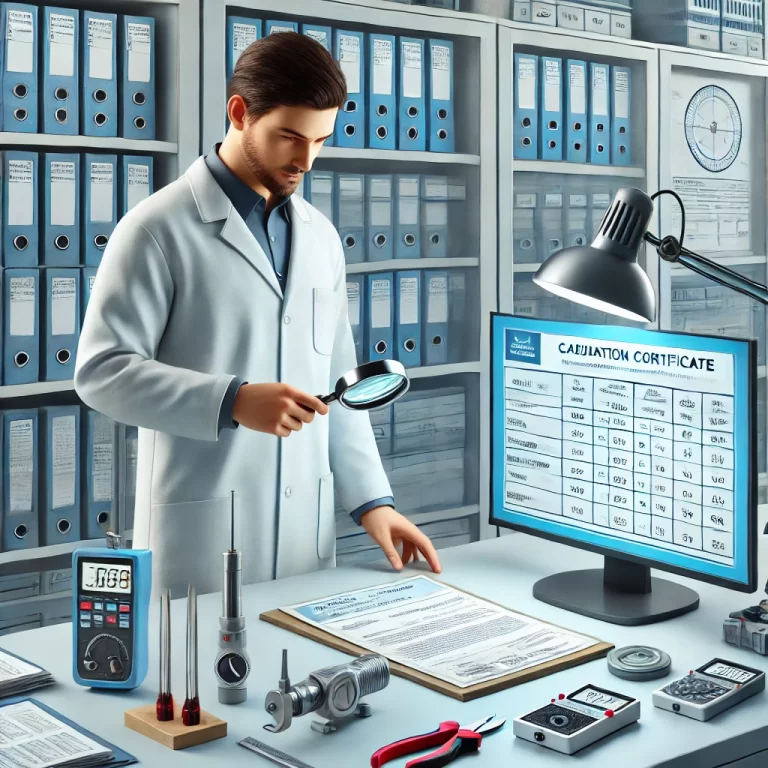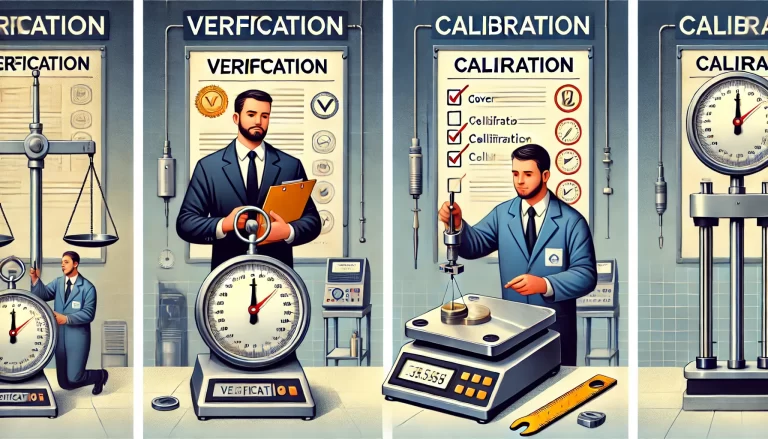1. Confirmation and Validation of Calibration Methods in Metrological Testing
1.1 Control and Management of Calibration Methods
Laboratories must implement effective control and management over the metrological testing and calibration methods they employ. This includes establishing clear criteria for when a new method should be introduced and continuously monitoring the development of metrological testing and calibration techniques. Regular reviews should be conducted to assess whether the chosen methods meet the testing and calibration needs. In the case of standardized methods, laboratories should track revisions and updates to standards and adopt the latest versions promptly.
1.2 Validation of Calibration Methods
Before adopting any metrological testing or calibration method, laboratories must validate their ability to correctly implement these standardized methods. Validation should include an assessment of personnel qualifications, facility conditions, environmental factors, and equipment capabilities. Additionally, verification of the method’s accuracy and reliability must be performed through trial testing, considering key methodological indicators such as:
Precision (repeatability and reproducibility)
Linearity range
Detection limit
Quantification limit
Where necessary, inter-laboratory comparisons should be conducted to ensure the method’s reliability and accuracy.
1.3 Procedure Development for Calibration Method Validation
Laboratories should establish documented procedures for the design, development, and validation of metrological testing and calibration methods. This includes:
Clearly defining validation criteria
Establishing procedures for method verification and performance evaluation
Maintaining comprehensive records of validation results

2. Requirements for Metrological Testing Equipment
2.1 Equipment Management and Control
Laboratories must ensure that all equipment used for metrological testing and calibration is properly registered and approved for use within the designated laboratory premises. Full control and ownership of the equipment must be established to prevent unauthorized modifications or usage.
Note: Laboratory software is also considered an integral part of the laboratory’s equipment. As per CNAS-CL 01 requirements, software must comply with equipment control policies, including:
Unique identification
Recordkeeping
Post-use inspection and validation
2.2 Calibration, Verification, and Maintenance of Equipment
Laboratories must establish mechanisms to ensure timely calibration, verification, and maintenance of all equipment. This includes:
Assigning dedicated personnel for equipment management
Conducting scheduled calibrations and maintenance to ensure accuracy
Implementing corrective actions if equipment is found to be non-compliant
Note: Since equipment users are the most familiar with the operational status of the instruments, it is recommended that they actively participate in equipment management and maintenance procedures.
2.3 Labeling and Identification of Calibration Status
All equipment requiring calibration must be labeled or otherwise identified to indicate its calibration status. This includes:
Last calibration date
Next scheduled calibration date
Expiry period of calibration validity
In cases where direct labeling on the equipment is impractical (e.g., due to interference with accuracy, unsuitable environments, or small equipment size), alternative methods such as tagging the equipment’s storage case may be used.
Note: This labeling requirement also applies to equipment that has been returned to the laboratory after external use or servicing. Such equipment must undergo inspection upon return to ensure continued compliance with calibration requirements.
2.4 Periodic Metrological Testing of Equipment
Based on the stability and usage conditions of laboratory equipment, laboratories must determine whether periodic metrological testing is necessary. The frequency and methodology of such testing should be well-documented and include:
Regular performance assessments
Trend analysis based on past calibration results
Consideration of quality control findings
Evaluation of equipment usage frequency
Maintenance history and operational stability
Changes in the laboratory environment or personnel handling the equipment
Adjustments in equipment application scope
Note: Not all equipment requires periodic metrological testing. When deciding whether to perform such tests, laboratories should evaluate at least the above-mentioned factors.

Conclusion
Effective control, validation, and management of calibration methods and metrological testing equipment are crucial to ensuring the accuracy and reliability of laboratory results. Laboratories should establish clear validation procedures, maintain systematic equipment management protocols, and conduct periodic calibration reviews to uphold testing standards. By adhering to these guidelines, laboratories can enhance their credibility and ensure compliance with relevant regulatory requirements.
